The charm of Vintage Lenses, style, quality of the old lenses. Vintage lenses used on modern digital cameras.
A Guide to Finding and Using Old Glass.
Vintage Lenses Slow Note
| Adapters for Digital Modern Cameras |
| Bokeh |
| Coating |
| Crop Factor (on the go)… |
| Cost |
| Exif Data |
| Lens Flare |
| Manual Focus |
| Production Quality |
| Radioactive Lens (on the go)… |
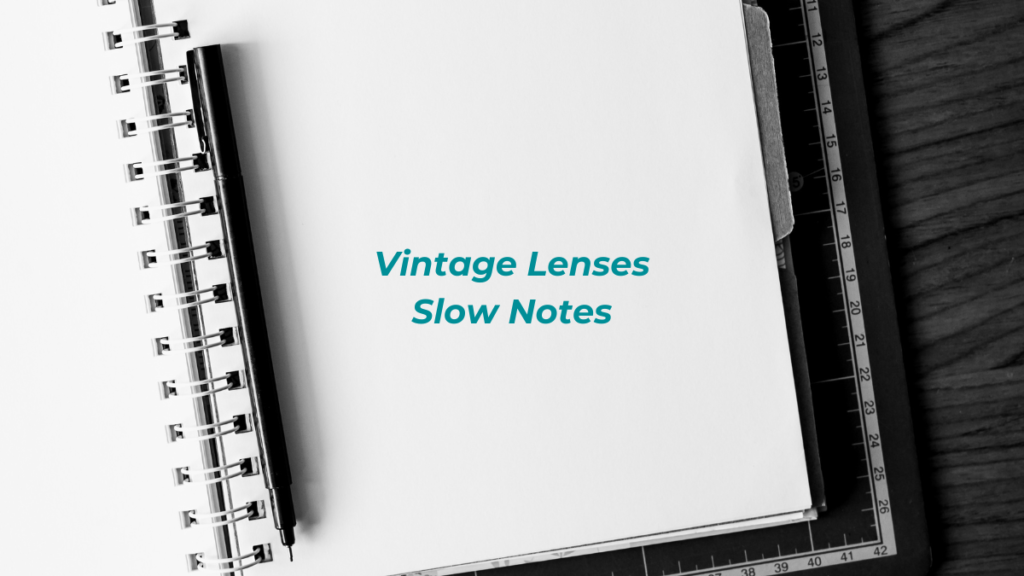
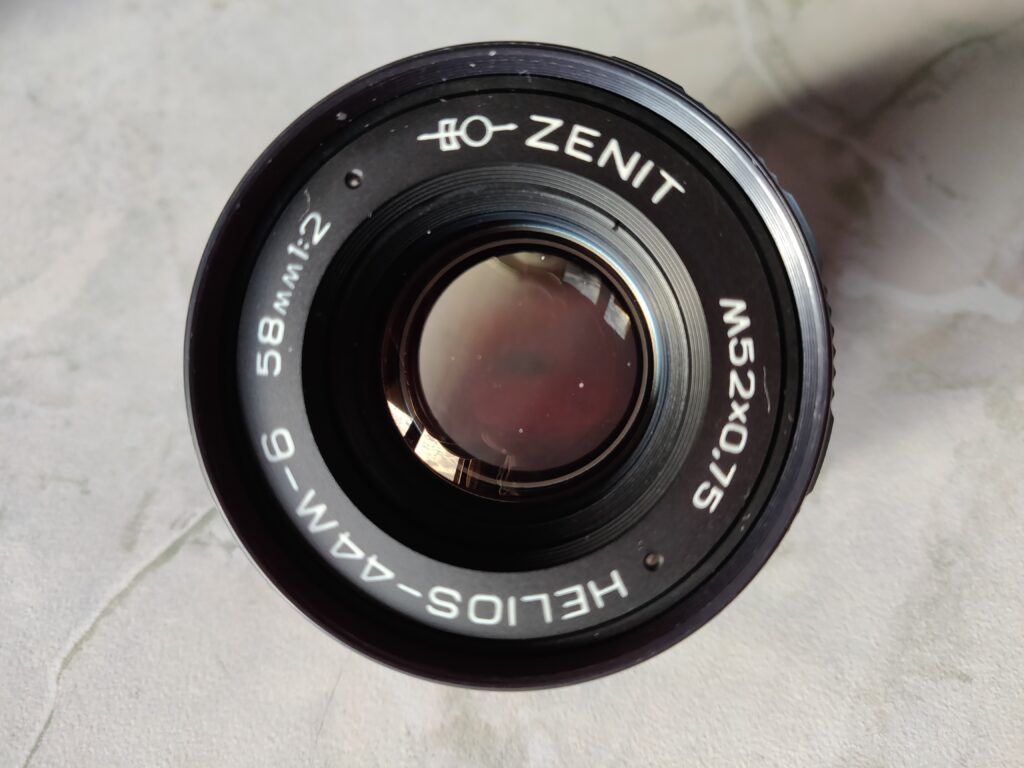
Tired of the same modern boring lenses that everyone else is using ? Do you want to add some character and individuality to your photography ? These lenses may be the answer you’re looking for.
Not only vintage lenses offer a unique aesthetic, they can also provide excellent image. Adding a sense of history to your work. In this guide, I’ll explore the world of vintage lenses, and in addition, I’ll give you some tips on how to find and use them.
In this guide, I’ll explore the world of vintage lenses and give you some tips on how to find and use them.
What are vintage lenses ?
Vintage lenses are simply old lenses, made by camera manufacturers in the past. These lenses can range from classic manual focus primes to exotic telephotos and everything in between.
One of the main attractions of the old lenses is their ability to produce a distinctive look, difficult to replicate with modern optics. This can be due to factors such as the lens coating, construction, and even the glass itself.
Some popular vintage lens brands include Leica, Carl Zeiss, Canon, Minolta, Nikon, Pentax, and Takumar, just to name a few. These lenses can be found in a variety of mounts to fit different camera systems.
Where to find vintage lenses ?
There are a few different places you can look for vintage lenses:
Online marketplaces like eBay and Etsy
Local camera stores and second-hand shops
Online communities and forums
Estate sales and garage sales
When shopping for vintage lenses, it’s important to do your research and make sure you are getting a good deal. Prices for vintage lenses can vary widely, and it’s easy to overpay for a lens that isn’t in good condition or doesn’t meet your needs.
Using vintage lenses
Using vintage lenses can be a bit different than modern lenses, as they often lack some of the convenience features that we’ve come to expect. Here few notes to keep in mind, when using vintage lens:
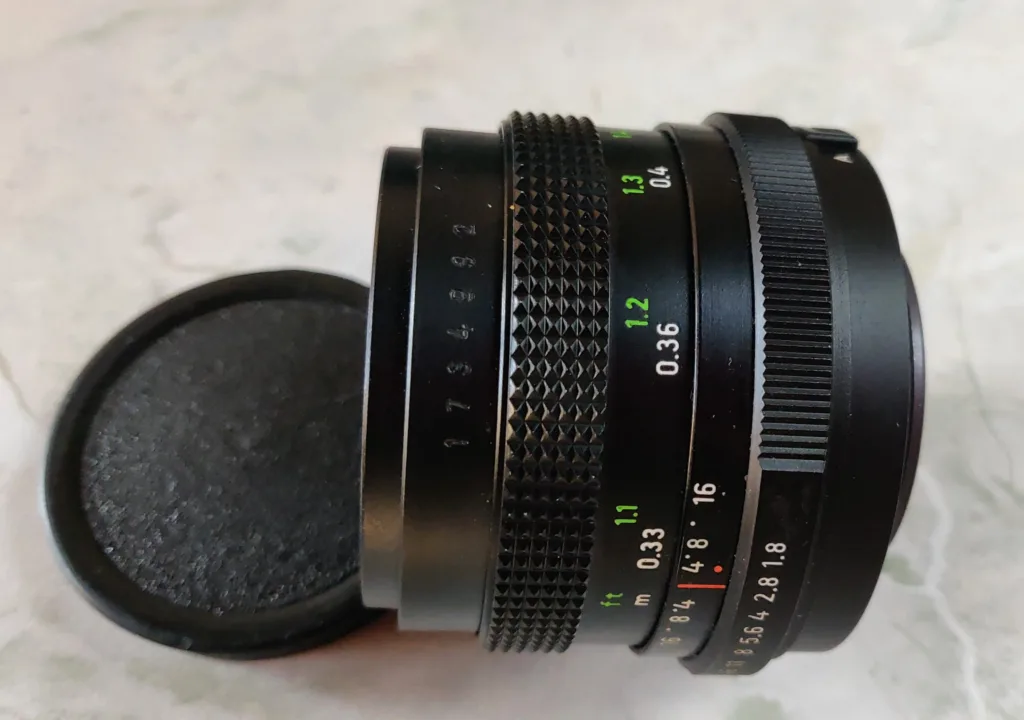
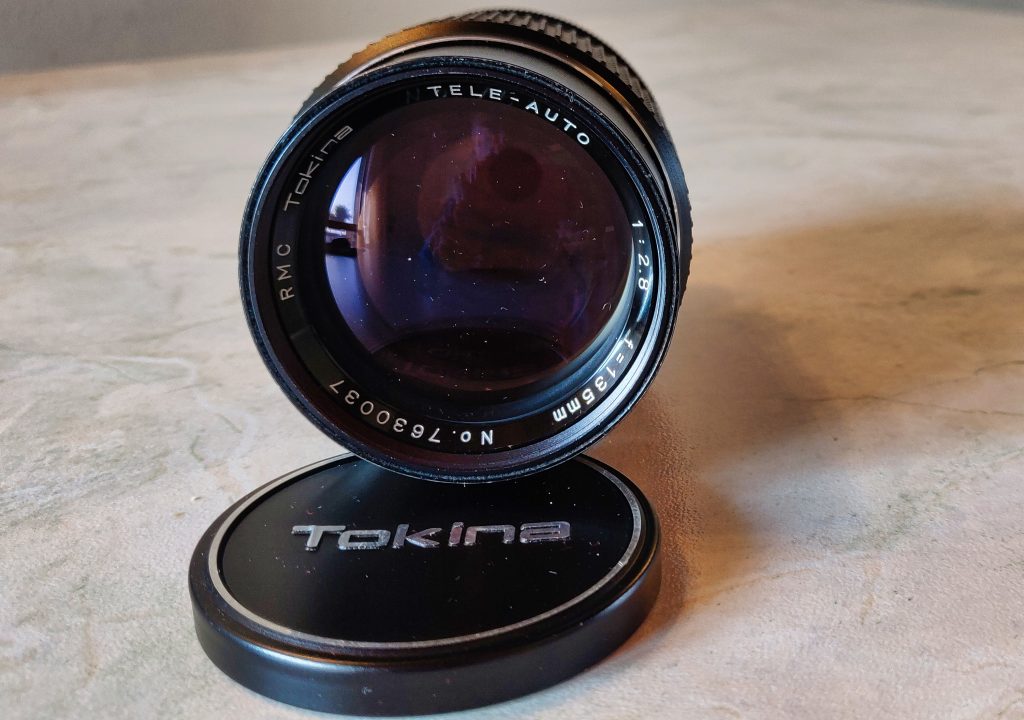
Most old lenses are manual focus, which means you’ll have to focus the lens manually using the focus ring. This perhapcan take some time, but it can also be a rewarding experience. Allows you to be more precise with your focusing.
Many of these lenses don’t have electronic contacts, which means they won’t communicate with your camera’s autofocus or light metering systems. You’ll have to meter and focus manually, and you may need to use stop-down metering (metering with the aperture closed down to the shooting aperture) if your camera doesn’t have a separate metering system.
Some vintage lenses may not have aperture rings, in which case you’ll have to control the aperture from your camera’s body.
Despite these extra steps, using vintage lenses can be a rewarding and creative experience. With a bit of practice and patience, you’ll be able to get beautiful results with your old glass.
Vintage lenses are generally considered vintage if they were made for cameras that used film. As said, these are manual, meaning the aperture and focusing is controlled manually on the lens. All this manual work is very different from today’s auto focus auto adjust image stabilization lenses. While many of the vintage lenses are older, some of them aren’t all that old in some cases. For instance, Canon FD lenses were manufactured up until 1995.
There is almost no end to the variety of vintage lenses. There are vintage optics made for cameras, but also enlarger lenses, or cinema specific lenses.
While there are some optical limitations, vintage lenses offer the creative photographer a lot of flexibility to transform old optics to create a genuinely unique photography style.
Conclusion:
Vintage lenses can be a great way to add some character and individuality to your photography. While they may require a bit of extra effort to use, the unique aesthetic and image quality they offer is well worth it.
Whether you’re a seasoned photographer or just starting out, vintage lenses are a fun and rewarding addition to any kit.
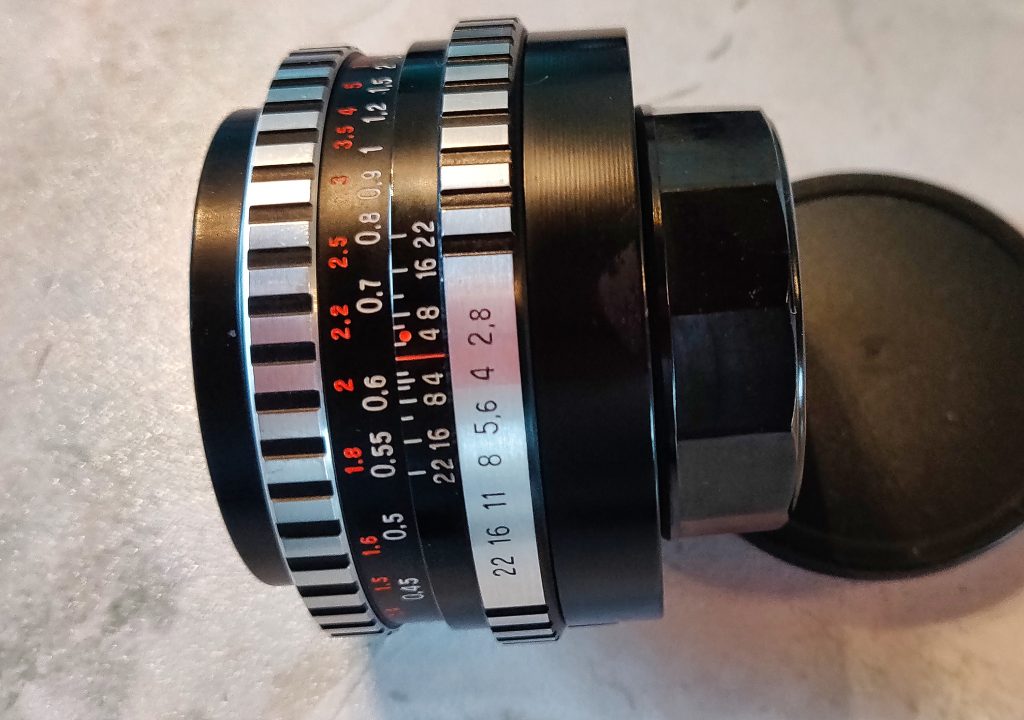
Take some time to read …, I’ll try to be concise and hopefully clear.
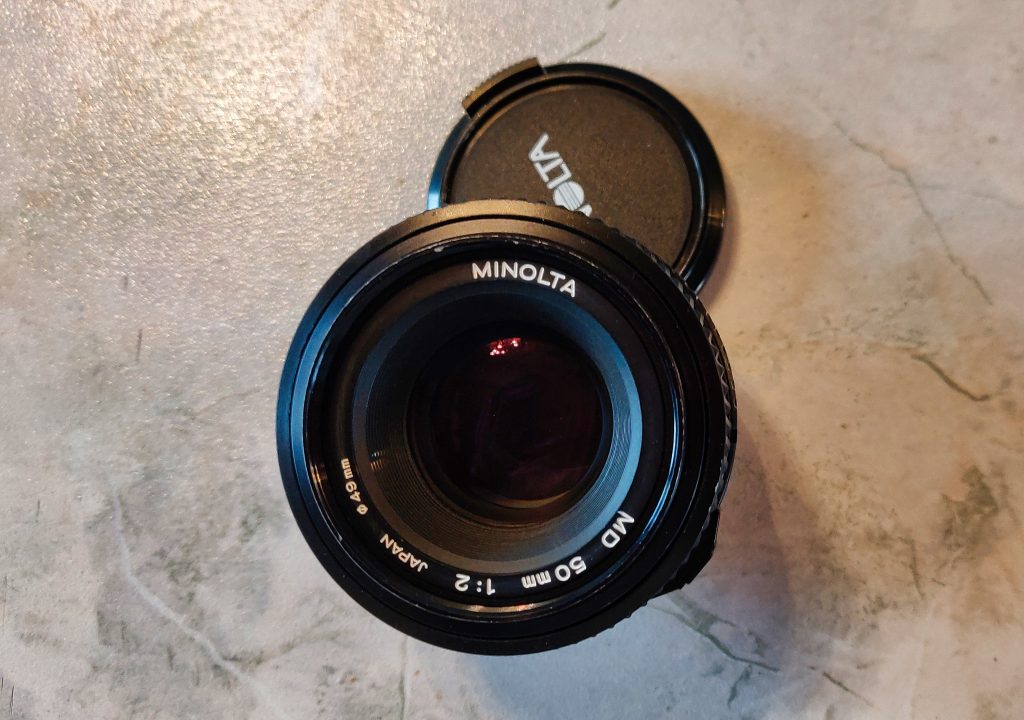
Why vintage lenses…
For several reasons I’ve decided to try using vintage lenses in February 2022.
- Assortment
- Bokeh
- Charm
- Cost
- Creativity
Continuously updated summary
- Adapters for Digital Modern Cameras
- Bokeh
- Coating
- Cost
- Crop Factor
- Exif data
- Lens Flare
- Manual Focus
- Production quality
- Radioactive Lens
